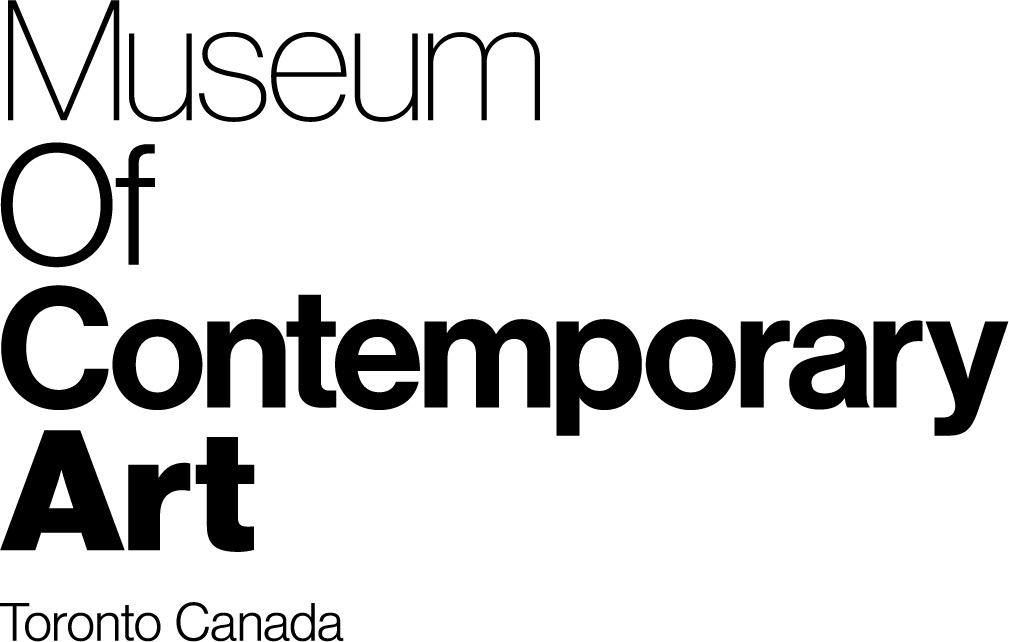Recommended Age: All Ages (Children under 10 should try this activity with an adult)
Though drawing is typically viewed as a springboard to further artistic production, this activity will explore drawing as a fundamental practice in its own right. I like drawing because it is both intuitive and forgiving. You can accidentally spill ink over a piece, but still integrate it, work with it and end up with something beautiful. Using the demonstrations below to guide you, explore different techniques and materials to see how they can all work together. You can fly solo or do this as a group activity, with participants contributing to and building on each other’s work to open up communication and response.
What You Will Need
First off, you will need a sheet of paper as your base. I used watercolour paper for my demonstration, but you can use any type of paper that you have on hand.
For my drawing materials, I like to mix things together and use a variety of media, including ink, markers, pencils, and on occasion some watercolours. If you have paintbrushes and straws, you will want to gather those as well.
You don’t necessarily need all of these supplies, you can use whatever is available on hand. The idea is to mix it up and explore how different materials can work together.

Playing with Ink
Ink is very versatile. It works well for precise fine lines and is also great for random blotches. Try dropping a small puddle of ink on paper and gently blow it across the paper using a straw or just your mouth. You can also drag it around with a brush. Keep playing with it until you reach a form that you’re satisfied with.

Tying in the Lines
You can add lines with pencils or markers. Try different line thicknesses and with varying pressure. Lines are good for tying things together and with repetition you can create patterns that flow through the drawing. Keep an eye on the negative space (the space around your main ink forms) and use those areas to add your lines.

The Power of Colour
Colour is an important factor when it comes to experiencing the final work. It guides your eyes from one point to the next and brings the full piece into view. Apply it where you feel it is needed and then look at it for a few seconds to see where to go next. Try to make the colour appear separated from the background by interlacing it through different planes.


My finished piece
Instructions for Groups:
If you’re doing this as a group or family activity, each member can start their own piece and then pass it around so that all participants can contribute to each other’s pieces. You can choose to stick to one material or use a combination of materials. I would suggest that each participant stick to one material with each pass. Whilst drawing, if an adjective or experience comes to mind you can communicate that to the next person for them to use as a lead. Have fun and post your final work on social media tagging @mocatoronto!
Other examples of finished work (you can find more here):

Dalia Hassan, DRW-13-19, sumi ink, felt-tip pen and watercolour pencil on paper, 12 x 9 inches, 2019

Dalia Hassan, DRW-25-19, sumi ink, watercolour and coloured pencil on paper, 12 x 9 inches, 2019
About the Artist:
Dalia Hassan is a Cairo-born, Toronto-based visual artist. She received her Bachelor of Visual Arts from the American University in Cairo in 2007 and has spent the majority of her career working as an independent artist in Egypt. Hassan’s earlier work explored themes relating to city life, reflecting the abnormalities of her urban environment in a fantasized setting, often with gallows humor. Hassan’s recent practice, however, has turned toward abstraction, focusing on the mind and the relationship between consciousness and existence. Her work has been exhibited in Cairo and Toronto.
TD Community Sundays are made possible by TD Bank Group through its corporate citizenship platform, The Ready Commitment.



